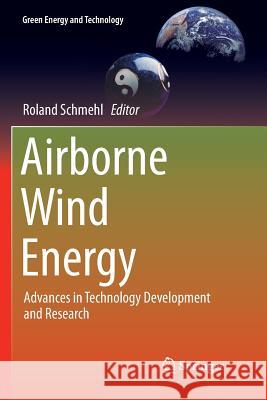Airborne Wind Energy: Advances in Technology Development and Research » książka
topmenu
Airborne Wind Energy: Advances in Technology Development and Research
ISBN-13: 9789811338243 / Angielski / Miękka / 2018 / 752 str.
Airborne Wind Energy: Advances in Technology Development and Research
ISBN-13: 9789811338243 / Angielski / Miękka / 2018 / 752 str.
cena 222,78 zł
(netto: 212,17 VAT: 5%)
Najniższa cena z 30 dni: 219,73 zł
(netto: 212,17 VAT: 5%)
Najniższa cena z 30 dni: 219,73 zł
Termin realizacji zamówienia:
ok. 20 dni roboczych.
ok. 20 dni roboczych.
Darmowa dostawa!
Kategorie:
Kategorie BISAC:
Wydawca:
Springer
Seria wydawnicza:
Język:
Angielski
ISBN-13:
9789811338243
Rok wydania:
2018
Wydanie:
Softcover Repri
Ilość stron:
752
Waga:
1.07 kg
Wymiary:
23.39 x 15.6 x 3.96
Oprawa:
Miękka
Wolumenów:
01
Dodatkowe informacje:
Wydanie ilustrowane











